Foreigner of the Month All-Stars
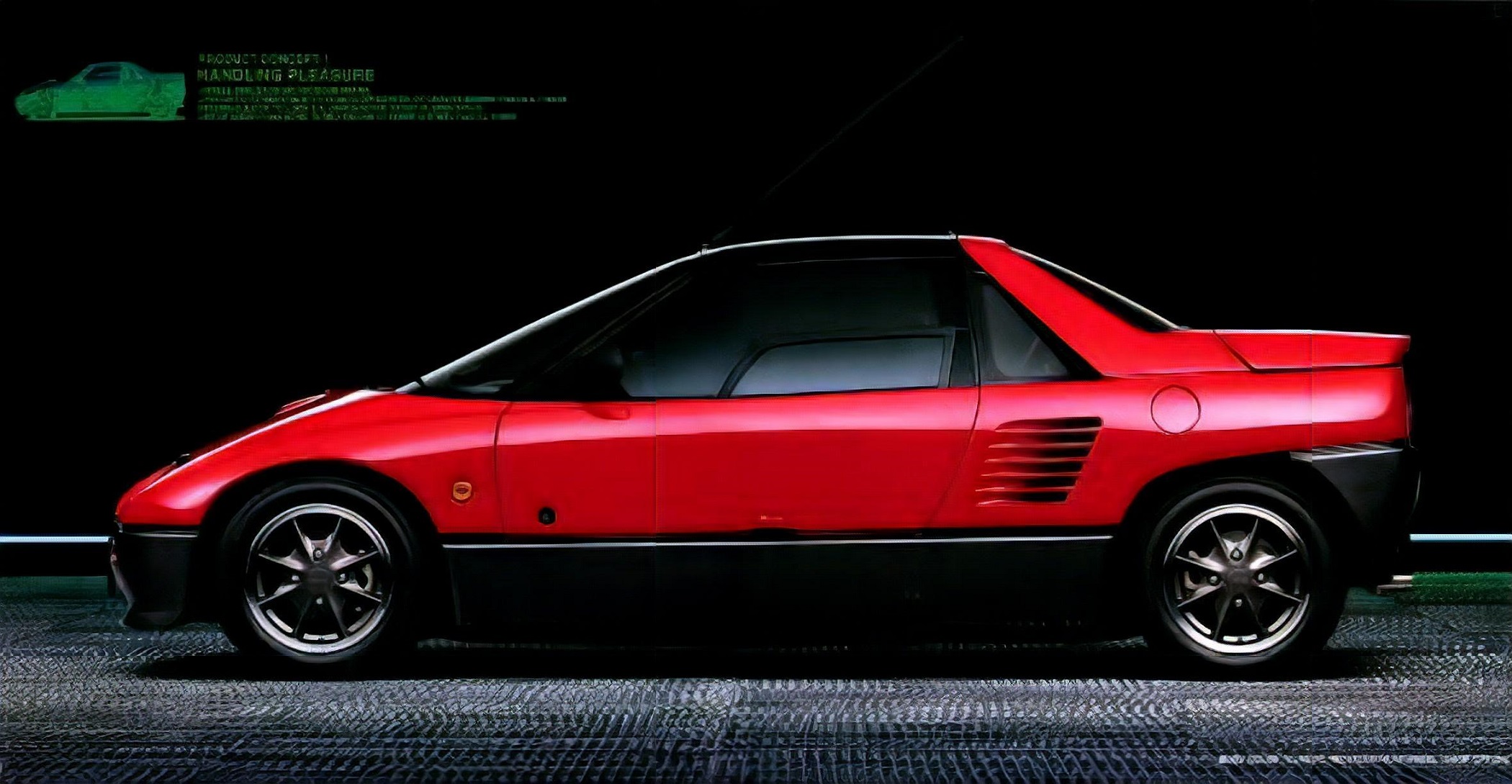
If you’re a regular reader of Performance Imports Magazine you’ll know we run one oddball concept or manufacturer car next to the editorial every month dubbed the ‘Foreigner of the Month’. We’ve certainly featured some unusual cars, so here are my personal five faves.
1. AUTOZAM AZ-1
Rather rare on our shores, but still around, the Autozam AZ-1 was born in 1992, though production promptly ended in 1994.
As a mid-engined kei-class sports car, its Suzuki-based F6A 657cc turbo produced 64ps@6500rpm and 85Nm@4000rpm, which isn’t too bad in the scheme of things. It was always those curious Sera-like gull-wing doors that seemed to attract the most attention, however.
With the addition of fog lamps, the AZ-1 was also sold as the Cara by Suzuki, borrowed its engine from the Mazda Carol and was a kind of small-car offshoot that was the child of the Autozam/Eunos/Efini Mazda split of the 1980s.
The AZ-1 was something of a star upon its debut at the 1990 Tokyo Auto Salon, but with the Japanese economy in ruins, only 4400 were ever made. Most interestingly, it also ran dual disc brakes, had rock-stiff seating and a meagre weight of just 720kg. Trainspotters may also recall a pink AZ-1 that was used a Japanese newsreader in the Pixar movie Cars.
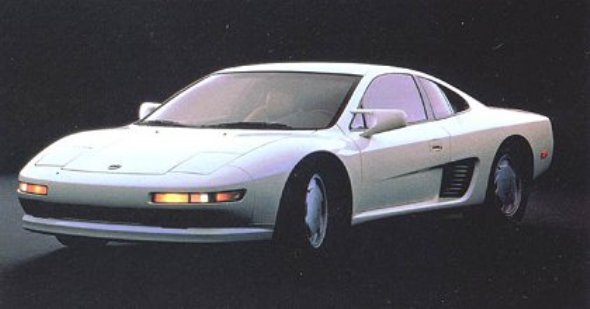
2. NISSAN MID4 TYPE II
A design prototype, the 1987 MID4 Type II was a successor to the Type I, which was basically a study in technological advancements Nissan engineers had been working on.
The Type II was fitted with what was more or less a back-to-front R32 GT-R layout with rear-mounted VG30DETT that put out 330PS. All drive could be disengaged to the front wheels, and the MID4 Type II also featured ABS on all four brakes, which was quite an achievement for the time.
The MID4s used a new AWD system (ATTESSA), which was due to be used in the Z32, though the system eventually found its way into the Skyline GT-R due to weight considerations. Interestingly, the MID4 also pioneered the HICAS steering system.
Styling-wise, there are some almost Ferrari Testarossa-esque cues, with the rear reminiscent of the Silvia range and perhaps a bit of NSX and Porsche thrown in for good measure.
Only a few MID4s were ever produced, with two doing the show circuit and one set up primarily as a test mule. Nissan later abandoned the project, with most of the technology trickling down to the 300ZX and GT-R, and we’re very thankful for it.
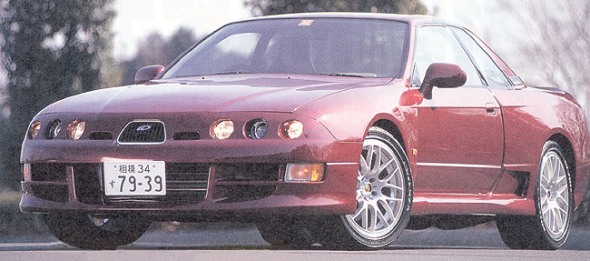
3. A’PEX A450
Back in the early ’90s, A’PEX was really trying to carve a name out for itself in the Japanese aftermarket. Thus, in 1997 it put together the A450 based on the 1994 Nissan BNR32.
Every panel bar the roof and doors was redesigned and power was raised to 335kW, with the main goal to reach 280km/h, which the A450 would come to do at the Yatabe Oval test track some months later. With a single IHI RX6, response was excellent and, along with a whole slew of A’PEX components, managed to push the A450 and all six of its headlights to an 11.9sec quarter.
The stove-top rear lights were ditched for something a little more like a Prelude and the total width widened out to 1810mm with Volk 18x9in F-Zero Winning wheels not quite filling out the guards. In all, there was not much left of the R32 at all save for the interior, but even that was redesigned and coated in leather.
A’PEX took a rather mature approach with the A450 both inside and out, hoping to replicate what HKS had done with the Zero R a few years earlier. Sure, it’s not to everyone’s taste, but you must admit it’s at least unique and cohesive if nothing else. It retailed for around 8,900,000 Yen, or just over $104,000 AUD. We’d still take the Zero R, though…
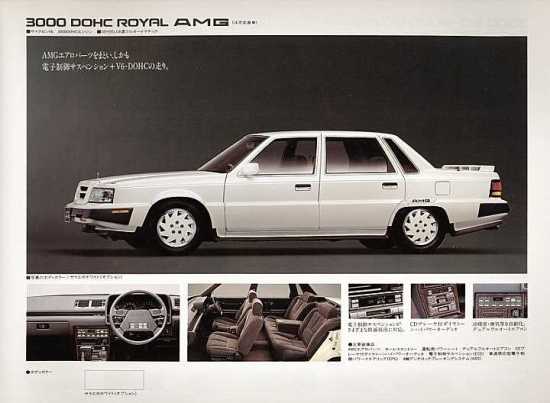
4. MITSUBISHI DEBONAIR AMG
If you think you’ve seen it all, check out this 1986 teaming between Mitsubishi and German tuning house AMG – with American styling for good measure.
The Debonair had actually been around since 1964, but this model now went front-wheel drive (?) with a 3L twin-cam V6, and don’t forget the AMG bodykit and wheels for the Mitsubishi flagship…
At the time, it was priced at around $55,000 AUD, and although the FF V6 was actually well received by critics, the model was a complete flop, forcing the end of the AMG/Mitsubishi relationship in 1989.
The 3L 6G72 ‘muscled out’ 200hp to push along some 1620kg of heft, so you can imagine this was no drag racer. Most bizarrely, however, Mitsubishi kept this same engine, though with less output again, in the next model.
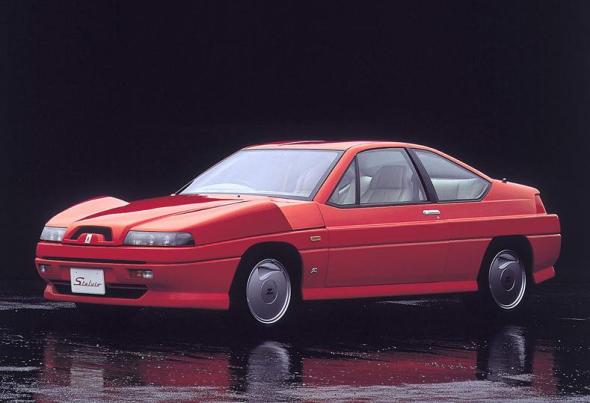
Of course, it featured electric everything and had some of the comfiest and most bolstered seats you’re ever likely to see, though that’s a high ask given the rarity of these things.
5. AUTECH/ZAGATO STELVIO
It’s hard to believe Autech was behind the 200 of these things back in 1989, but the design itself was thanks to Milan-based Zagato. Yes, it was the ‘best’ of both Japan and Italy, and you had to be prepared to pay for it…
For the engine, Autech used a tuned version of the 3L quad-cam VG30DET six pushing out the then limit of 280hp. Once complete, the chassis (based on the F31 Leopard) was delivered to Zagato, Italy, where every aluminium panel was hand-made to suit.
Those hood bulges are actually fender mirrors, and yes, those are power bulges in the roof, too. It’s certainly a very eccentric design, but Autech was desperate to make its mark on what was a booming market in the ’80s.
Matched to an electronic four-speed auto, and weighing in at 1560kg, it wasn’t the lightest car of its kind, and it’s not hard to see why with all that bodywork Zagato laid down. The dinner-plate wheels were also designed by the latter, and the car came in just one colour – Zagato Red. The cost of a Stelvio back in 1989? Try 18,000,000 Yen ($173,766 AUD)…
Be on the lookout for more Foreigner All-Stars soon.
Comments
No posts found










